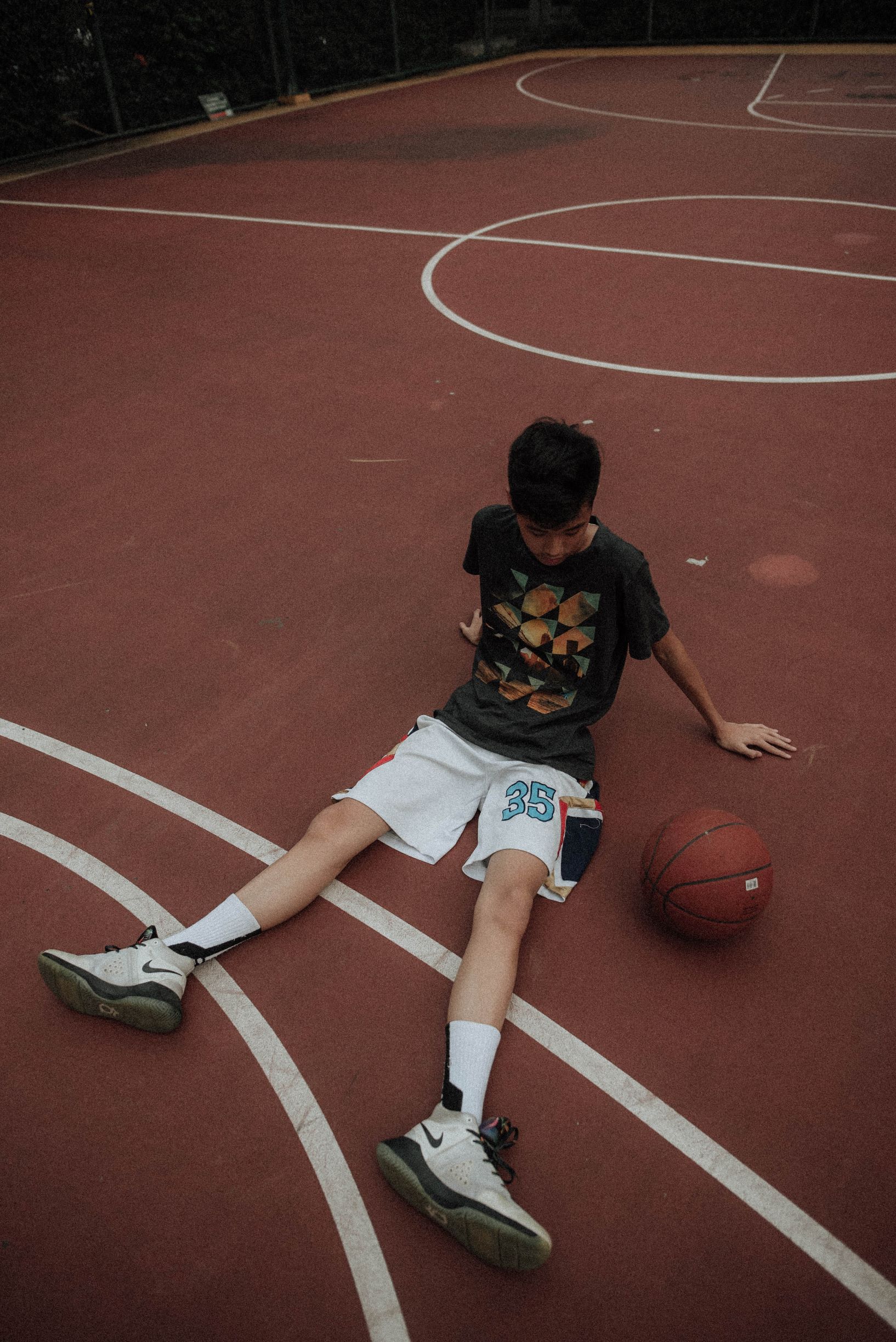Anxiety
Anxiety is very common in children and adolescents. Three common forms are separation anxiety, generalized anxiety, and social anxiety.
Separation Anxiety is defined as excessive fear or anxiety concerning separation from an attachment figure, such as a parent, lasting at least 4 weeks, and includes at least three of the following symptoms:
1. Recurrent fear or worry when anticipating separation from attachment figures.
2. Persistent worry about losing an attachment figure, or possible harm to the figure.
3. Reluctance to leave the attachment figure, i.e. go to school.
4. Refusing to sleep away from home, or go to sleep without the attachment figure.
5. Nightmares about separation.
6. Complaints of physical symptoms when separated from an attachment figure.
Generalized Anxiety is defined as excessive worry, occurring most days for at least 6 months, about many different events or activities, accompanied by at least one of the following symptoms in children:
1. Feeling restless or on edge.
2. Easily fatigued.
3. Difficulty concentrating.
4. Irritability.
5. Muscle tension.
6. Sleep disturbance.
Social Anxiety in children/adolescents is defined as extreme fear or anxiety in peer situations, which is out of proportion to any real threat, lasting 6 months or more, and is expressed by crying, tantrums, freezing, clinging, shrinking, or refusal to speak in social situations.
Helping Children and Adolescents with Symptoms of Anxiety
Regardless of the form of anxiety, children/adolescents coping with symptoms often suffer academically and/or socially. In the case of Separation Anxiety, a form of anxiety generally seen in pre-school and slightly older children, they are reluctant to explore away from their attachment figure, and afraid of new situations that can help them in their mental and social development.
Children and adolescents with Generalized Anxiety often have perfectionistic tendencies, and may be very conscientious. However, these qualities may be taken to the extreme when a child feels they will disappoint parents if they get less than perfect grades, miss an attempted soccer goal, or if they don’t make the cheerleading team. Such fears may make them overly cautious and reluctant to try new things. Children may also worry about the safety and health of family members.
Finally, children and adolescents with Social Anxiety tend to experience constricted lives, afraid to engage and join their peers, thinking they will be rejected. Because they tend to be “loners”, classmates may taunt them, accusing them of being “unfriendly” “stuck-up” or “weird”.
Counseling can help to minimize your child’s anxiety symptoms. Recommended interventions for children/adolescents experiencing symptoms of anxiety include a combination of individual and family counseling, incorporating cognitive and behavioral techniques. These techniques may include calming and relaxation strategies, ways to improve sleep, coping strategies, and rehearsal of situations that provoke anxiety. These techniques will be presented in a safe, nurturing environment incorporating age-appropriate methods such as games and role-plays. Such techniques will help to calm them, put fears into perspective, make him or her feel more in control, and more confident in school and social situations.


